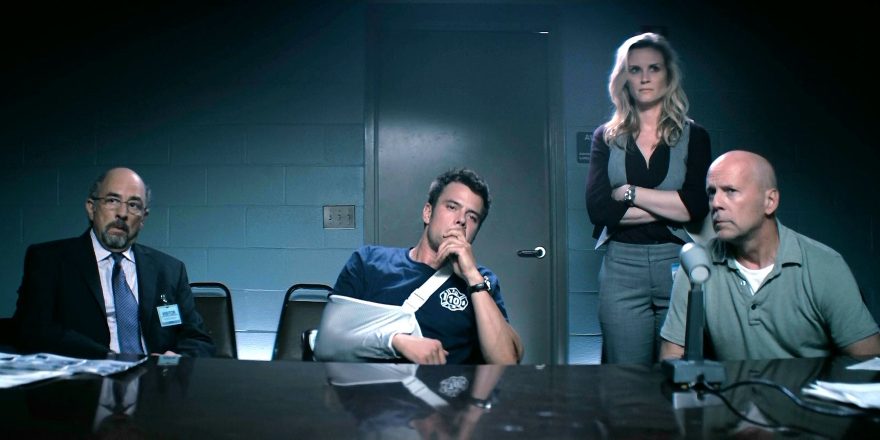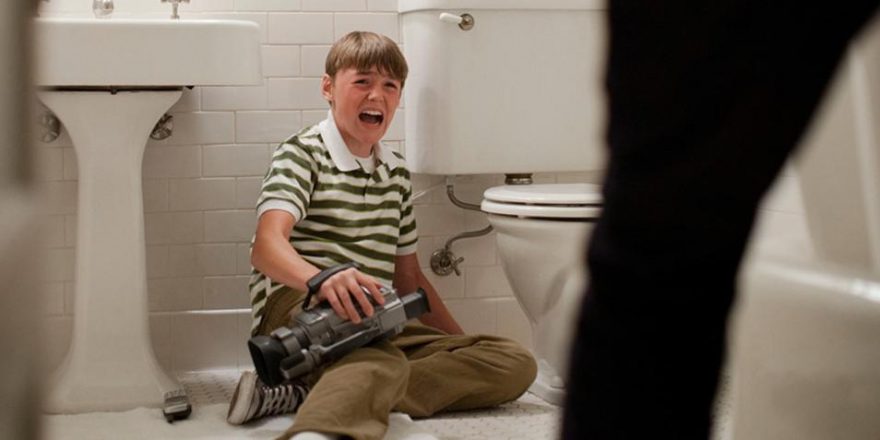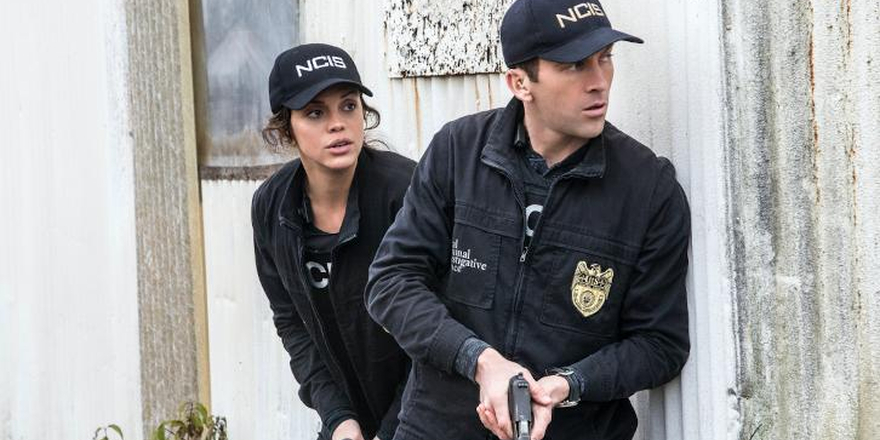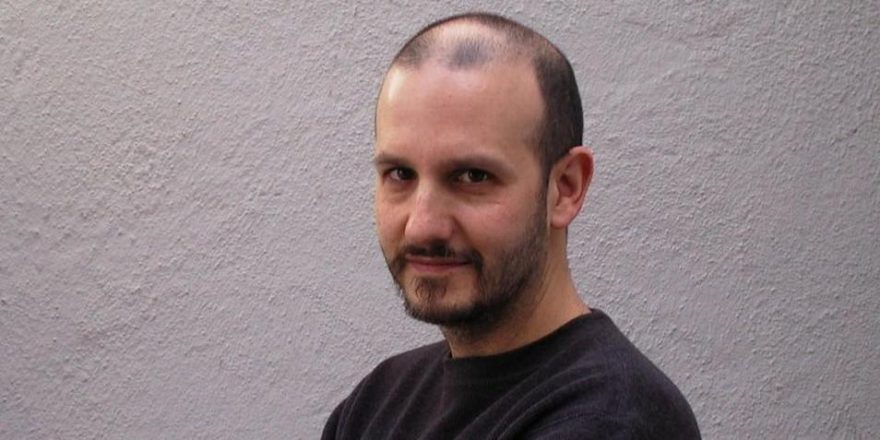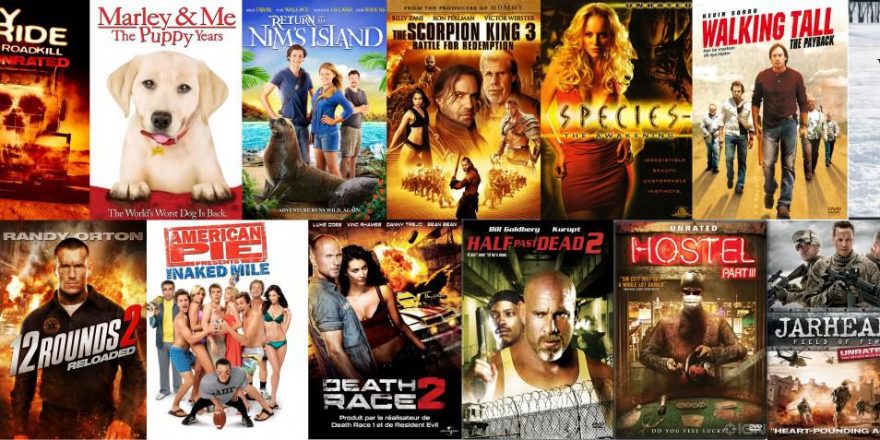Several years ago, I was flipping channels when I came across an episode of Blue Bloods, an ensemble family drama and cop show anchored by Tom Selleck that I had never watched. I meant to leave it on as background noise, but I kept finding my eyes drawn to the screen as I was struck by how stylistically expressive the episode was; it was clear that the director had thought through a precise means of conveying each character’s perspective in a distinctive way, assigning specific focal lengths, camera moves, and color and lighting strategies to each protagonist. Given the nature of so much episodic TV, where the directors often seem to be arbitrarily hosing down the scene with multiple cameras or resigning themselves to standard coverage, I was stunned to find this kind of subtle but dynamic approach to visual design hidden in plain sight on a network procedural. I took note of the director, David Barrett, and tried to get my hands on anything he directed so I could see if it was just a fluke or if this guy really was the artist he seemed to be.
It didn’t take long to realize that Barrett was even better than I initially suspected, a director of significant breadth and depth marked by both a remarkable versatility – his credits range from teen soaps and comic-book shows to romantic comedy and philosophical sci-fi – and a personal stamp as distinctive as that of any Hollywood auteur. Amidst his lively direction on everything from Melrose Place and Supernatural to Fear the Walking Dead and Star Trek: Discovery are lesser known shows that boast some of the most imaginatively choreographed and emotionally penetrating work I’ve ever seen on television – the pilot for the short-lived WB series The Mountain, for example, perfectly calibrates spectacle and character in a manner that gives it both epic sweep and an intensely affecting intimacy. Barrett is that rare director as adept at psychological shading as he is at kinetic action (his background is as a stuntman – according to IMDb, he’s continued to work in that capacity as recently as the last John Wick movie), and he seems to have been born with an innate gift for mise en scène.
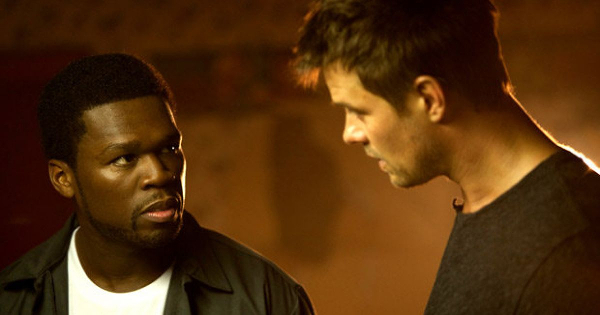
What makes Barrett’s work all the more impressive is how under the radar it is – he thinks through every shot, camera move and transition with precision and commitment, but generally works in arenas where that work won’t be appreciated, at least not consciously. Tom Selleck fans are probably going to tune in to Blue Bloods regardless of how intricate the camerawork is, which makes Barrett’s refusal to settle positively heroic. He does something similar in his 2012 feature Fire with Fire, a film that appears at first glance to be indistinguishable from any number of VOD action flicks financed by foreign pre-sales – the poster design features Bruce Willis and Curtis “50 Cent” Jackson looking pretty much like they do on about a dozen other straight-to-Redbox programmers – but which turns out to be another case of Barrett directing his heart out for an audience that might or might not know the difference.
On every level, Fire with Fire is one of those VOD discoveries that turns out to be a lot better than it ever needed to be – it’s clearly a movie where not just Barrett, but everyone involved cared enough to make it just a little bit special in a way that yields significant pleasures for the viewer. Screenwriter Tom O’Connor (The Hitman’s Bodyguard) starts with a routine premise in which firefighter Josh Duhamel witnesses a murder committed by Aryan gang leader Vincent D’Onofrio. Duhamel goes into witness protection, falls in love with his handler (Rosario Dawson), and ultimately has to get proactive when his cover is blown. If the concept is standard, O’Connor’s approach to it is anything but; he starts simple and straightforward but elegantly introduces one interesting subplot and supporting character after another, weaving an unpredictable noir tapestry in which cops (Willis), feds (Kevin Dunn), lawyers (Richard Schiff), gangsters (Jackson) and others cross paths in increasingly intriguing ways.
The movie has genuine scope, with a plot that expertly brings all of these strands together, but it also serves as a collection of terrific character-driven interactions that are entertaining in their own right as self-contained short stories. Schiff is both tragic and darkly funny as a man who has lost his soul, and D’Onofrio is flat-out terrific as the primary villain – it’s hard to avoid caricature and find the humanity in a guy who enters the movie with a giant swastika tattoo on his chest, but D’Onofrio comes across as completely realistic and fully dimensional … and absolutely terrifying. In the hands of O’Connor, Barrett and the actors, even the most perfunctory characters and relationships reveal surprising complexity; in other hands, the romance between Duhamel and Dawson could be strictly by-the-numbers, but in this film it has palpable urgency and tenderness. There’s an honesty and authenticity to Fire with Fire as both a crime movie and a love story that belies its limited resources; it was shot in 20 days on a tight budget, but nothing about it feels forced or rushed.
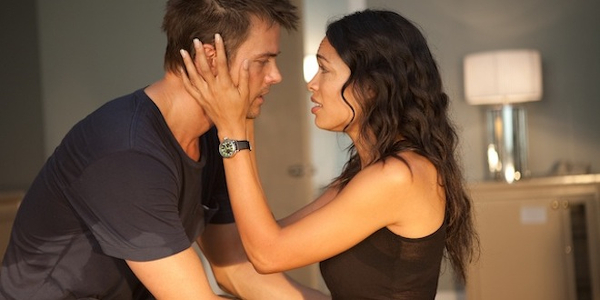
All of the intersecting storylines and disparate tones are orchestrated by Barrett with a total command of the medium that generates some spectacular, jaw-dropping moments. If there’s one thing I love when watching an ostensibly “formulaic” movie, it’s when the filmmakers show me things in ways I’ve never seen them before, something that happens over and over again in Fire with Fire. Working with Mindhunter cinematographer Christopher Probst, Barrett continually finds new means of visual expression that are strikingly original without betraying the drama they’re meant to convey. When Barrett gives you a bullet POV shot unlike any other I’ve ever seen (after watching the movie three times, I’m still not sure how he and Probst did it), he’s not just showing off – he’s finding the most direct and effective way of giving the audience the same visceral jolt both the character firing the bullet and the character who is being fired at are experiencing. From the first frame to the last, Barrett and Probst use all the tools at their disposal to emotionally acclimate the viewer in this way; there’s a nice visual progression in which they imperceptibly shift from camerawork characterized by stability – dolly moves, crane shots – to a rawer, more fractured style as the ground slips away beneath Duhamel’s feet.
Even the most basic expository scenes, as when Willis imparts or receives information in the police station, are photographed with dynamism and care, and when Barrett does get to the big set pieces – like a final action sequence in a burning building – he pulls out all the stops, applying everything he’s learned as a stuntman to thrilling use. This is a guy so concerned with making the most out of every moment that he uses the opening credit sequence to provide a step-by-step crash course in how witness protection works, so that he doesn’t have to waste valuable story time on it. The cumulative effect of Barrett’s meticulous thought process is a movie of maximum immediacy and impact, qualities that really stand out given how flaccid so many contemporary action movies of this ilk are. The world in which Fire with Fire exists makes it unlikely that Barrett will ever get the credit for his achievement (aside from this piece, anyway), but thankfully I doubt that’s why he does what he does. He’s clearly a filmmaker who just takes complete pleasure in the process, and the happy byproduct of that is that the pleasure is equally shared by the audience – whether they understand why or not.


